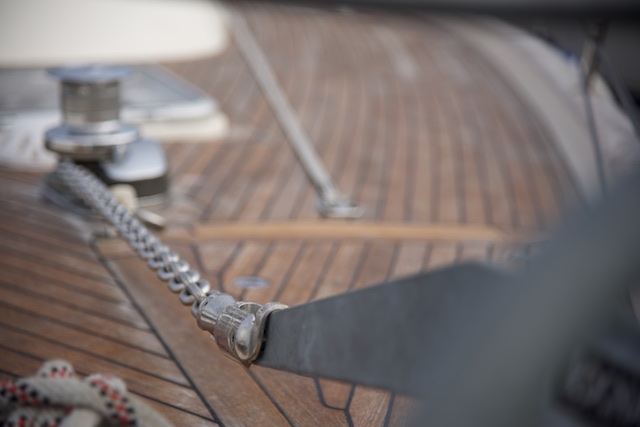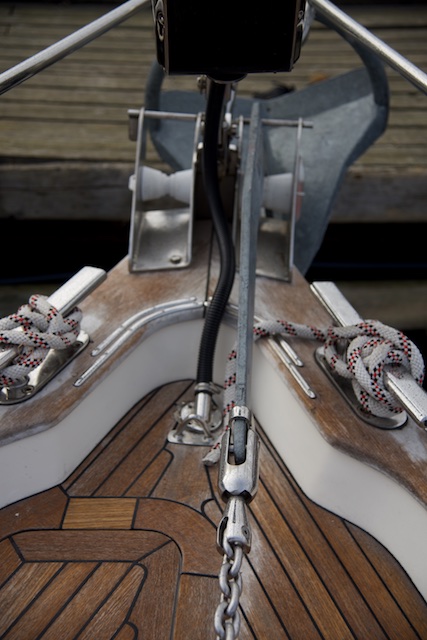Swivel
Do you use a swivel, and if yes, which one and why?
Fixed Link and shackles
If you have galvanised all the way (chain, anchor and shackle) there is less of a problem, since, generally, galvanised is much stronger than stainless steel. But since Regina Laska’s chain is of stainless steel, we need to think about the shackle in between.
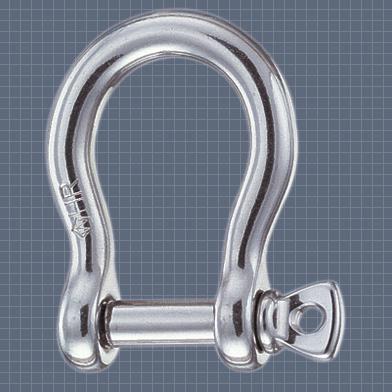
A 14mm HR Whichard shackle (Part No 11240) has a breaking force of 12 tonnes (117 kN), but it would corrode quite quickly in the sea, especially if it interconnects two stainless steel parts (chain and anchor). That’s why, in the beginning, I had a more corrosion resistant Grade 416L stainless steel shackle (Part No 1346), but, at that time, I wasn’t aware of the fact that it is not strong enough for the purpose.
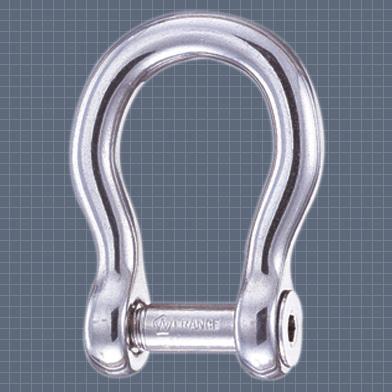
The Part No 1346 12mm stainless steel shackle (i.e. 2 mm thicker than the chain!) is considerably weaker than the chain links: The shackle has a breaking force of no more than 6,000 kp = 59 kN, i.e. just over half of the strength of the chain. The reason is that it is high grade stainless steel, which is quite brittle. I could find no such shackle larger than 12mm, unfortunately.
One alternative is to have an oversized fixed connector, e.g. from KONG in Italy, see here.
The 643.12 intended for 12mm chain (one size “too big” since we have just 10mm) has a breaking force of 9500 kp = 93 kN and could act as possible interlink, yet it is less strong than the rest of the chain.
Swivels
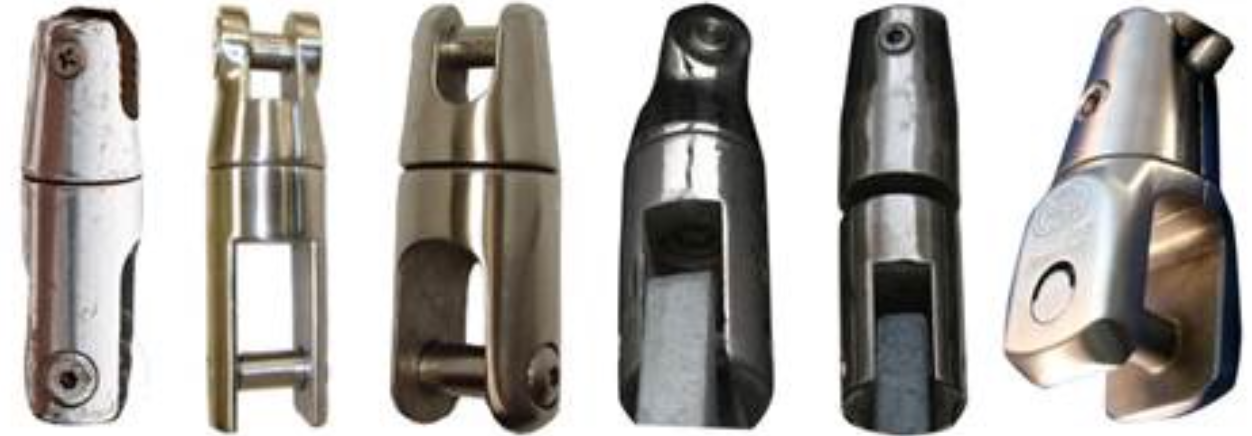
Many sailors use swivels. These are very good when you are at anchor and the wind/tide turns, the boat turns. Then the chain is not being twisted. Some swivels are also very helpful when getting the anchor onboard over the bow roller, whereby the anchor turns the correct way.
A swivel from KONG is what many sailors have. The one for 12mm chain (one size over the 10mm chain Regina Laska has) weights 2,3 kg and is a big piece. It has a breaking force of 93 kN. And when bending it “the wrong way” it can break! That is why they have a warning in their instruction of use, suggesting you should place a shackle in between the swivel and the chain.
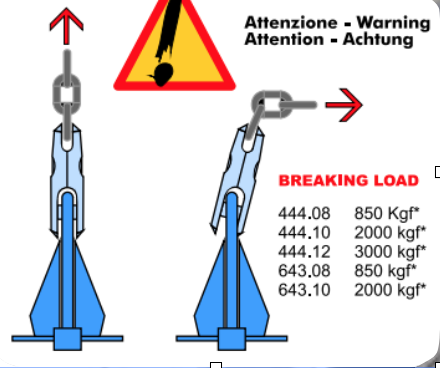
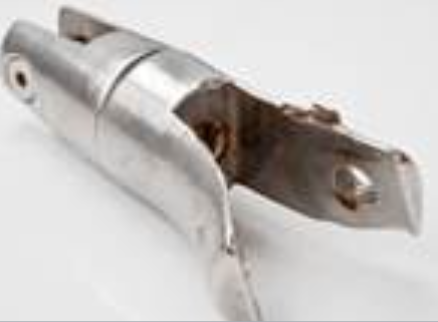
Also corrosion is an issue and it is not so easy to inspect the corrosion inside a swivel.
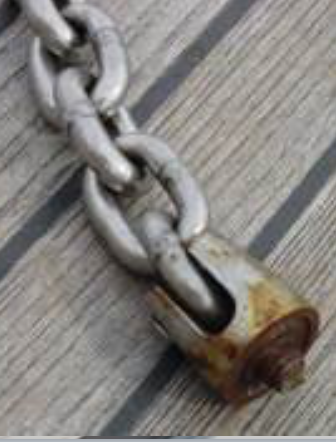
The Ultra Swivel
After some research, I decided to go with a swivel that seems to solve it all.
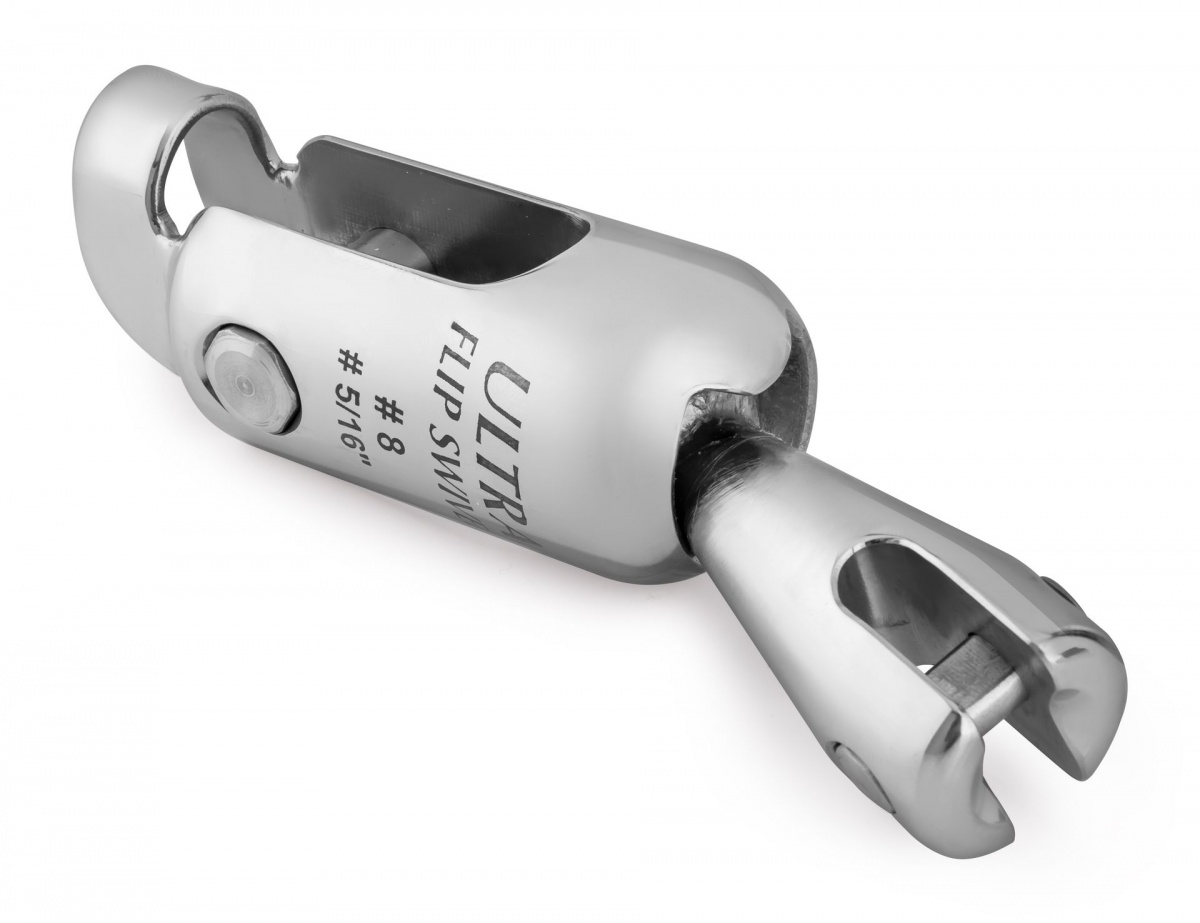
Their swivels go up to superyacht standard (26mm chain), but for Regina Laska, I chose the Ultra UFS13: It has a breaking force of 17,510 kp = 171 kN and thus 1.7 times as strong as the chain, which gives me a good safety margin.
At the same time, it turns the anchor into the right position at all times. See the illustrative video of the same here.
I have now had it for 4 seasons since 2015 and I must say I am very happy with it! The anchor turns so nicely now over the bow-roller when it’s being hoisted!
